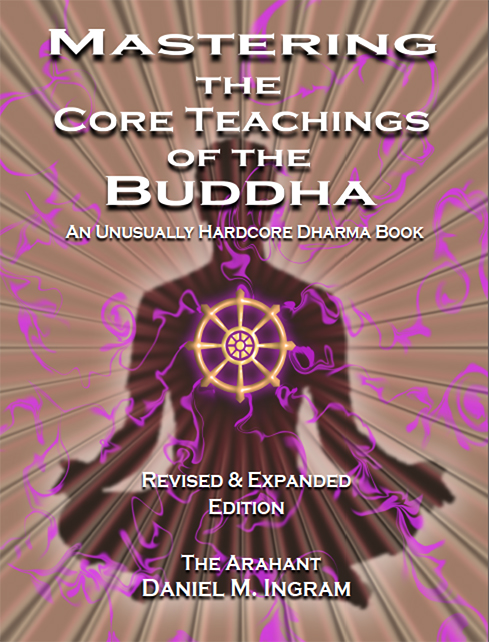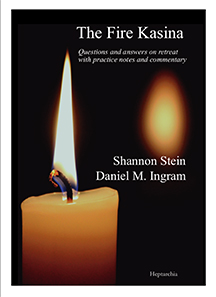The Perpetual Bliss Models
← The Karma Models | The Three Kayas →
Perpetual bliss models focus on enlightenment bringing about a state of continuous and uninterrupted happiness, peace, joy, or bliss. These are commonly found in Hinduism, though they also exist in full force in Buddhism, particularly certain neo-tantric schools, and other traditions as well, such as in some systems that misinterpret of Christianity’s “the peace that passeth all understanding”. Buddhism often describes nirvana (nibbana) as synonymous with the highest happiness and the end of suffering, and this end of suffering is the natural corollary in many people’s minds of the perpetual bliss models which, together with their corollaries, are so pervasive in the world of awakening as to be a central, nearly unassailable tenet of most people’s core beliefs. I am sorry to say, they need serious revision.
The first point relates to impermanence. Bliss, peace, happiness, as well as their counterparts of pain, chaos, and misery, are all transient phenomena, subject to conditions, arising and passing like the weather. As the Taoist saying generally attributed to Chuang Tzu declares, the ten thousand joys and the ten thousand sorrows march through our lives according to the laws of reality that have always been in place. This brings us to the great question of realization: does realization change things or does realization reveal how things always were? I advocate a modified version of the latter view, both for practice and for having sane models, but the dogma and those selling something often stray into the promises of a radically different and better existence. It is not that realization doesn’t produce beneficial changes, as it clearly does, but I care about practice, and those who do insight practices while dogmatically averse to suffering do more poorly than those whose models allow embracing what is going on now.
The standard Buddhist argument is that by removing the condition, namely ignorance or misperception, the suffering caused by this condition is also removed. The question then is how much suffering is caused by that specific condition and how much suffering is caused by just being alive. I assert that a significant portion of our suffering is caused by simply being alive. Changing something in the relationship to the ordinary facts of life and humanity does help in global ways.
The other side of the perpetual bliss models is the notion that, by awakening, we will enter into a permanent jhanic state, such as the fourth jhana or some sort of nibbanic jhana. These versions of the bliss models imply perfect, continuous concentration untouched by circumstance, and/or enhanced by an inborn wellspring of jhanic qualities. As noted above, all the concentration states are temporary, not related directly to realization, attained by the awakened and unawakened alike, and thus are a false promise if added to a model of awakening in which they become permanent states.
However, as so many people get a taste of jhana and are sure this must just get better and more continuous as they progress, they end up cultivating these states again and again and get nowhere in insight practice. Further, why would someone who was hanging onto a bliss model want to investigate suffering? They won’t, and so the chances are slim of them coming into real insight territory or handling the Dark Night well. Now, it is true that there is a relationship between the perspective on things that occurs in the first four jhanas and the four paths. For example, the panoramic perspective of both the fourth shamatha jhana and the panoramic perspective of arahantship share positive aspects, but they are not the same thing, and even mentioning these patterns and parallels is dangerous, as it can cause a lot of misguided effort and assessment of where people are on the path.
I think that this is a good place to introduce the Indian Buddhist concept of the three kayas, as it has some useful aspects that help make sense of these things.

